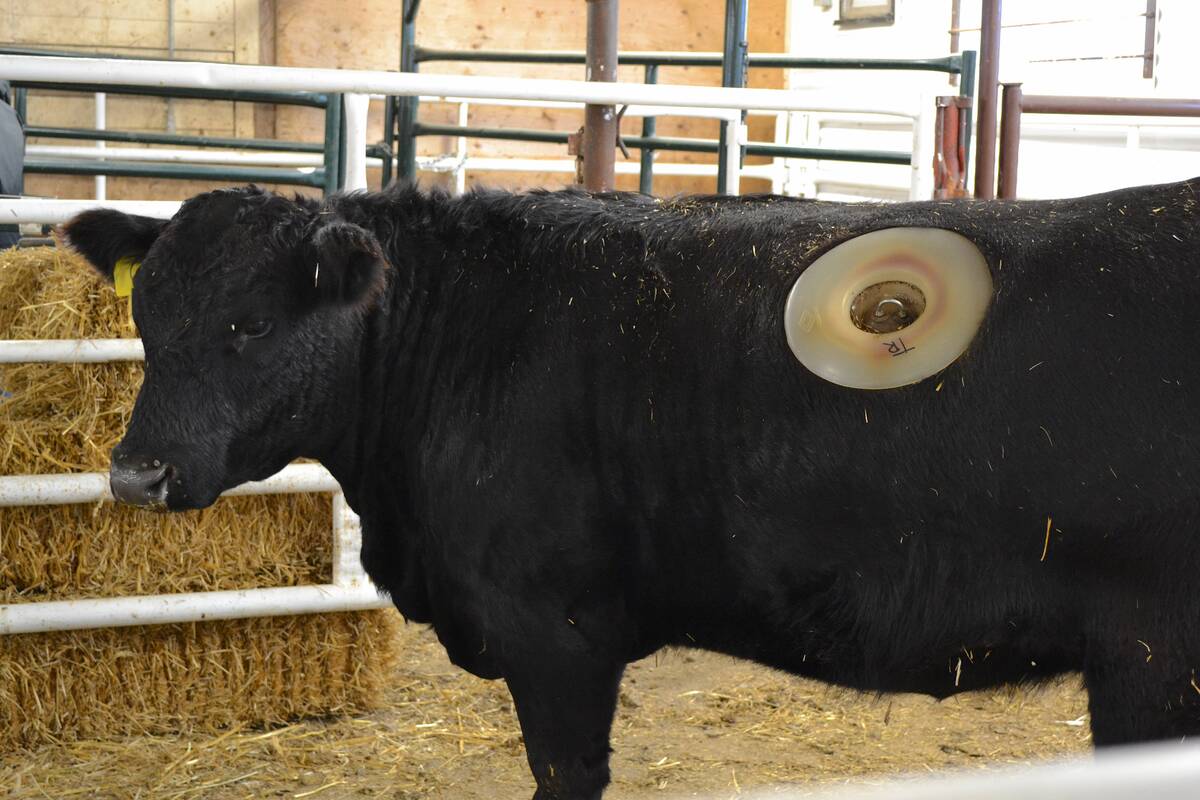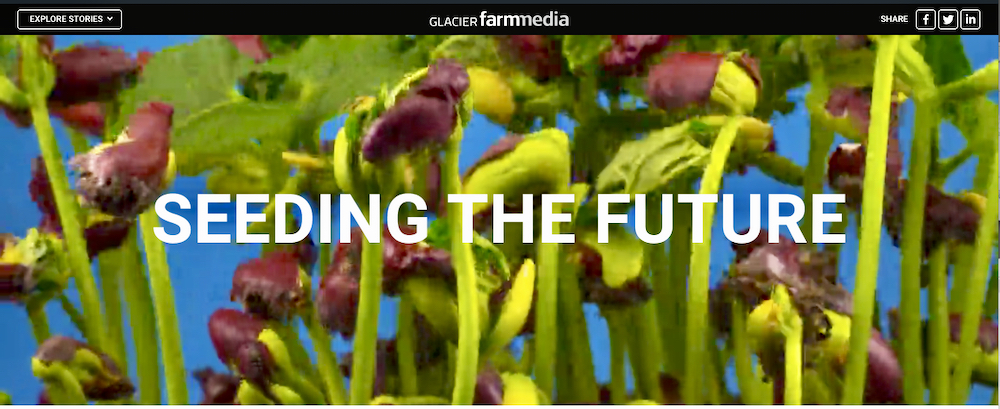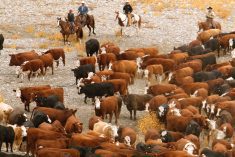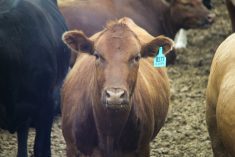How can the cattle industry make better use of genetic data?
It’s a question that the Canadian Beef Improvement Network is trying to solve.
“It’s really about translating the genetic information within the industry so we can replicate the positive and start to remove the inefficiencies that we have,” said Sandy Russell, CEO of the Canadian Beef Breeds Council, which is managing the industry initiative.
The project has gained momentum in the past year and a half, as more players in the cattle industry have become involved, said Russell, adding the network has a four-stage plan.
The first step involves putting data from breed associations and other groups on the same platform. Breed associations have long been collecting genetic data, both for registering purebred animals and also for evaluating and determining expected progeny differences (EPDs). The new database is designed with the goal of simplifying and standardizing the way that data is captured and shared.

“Their (beef breeds’) systems had limitations in being able to utilize and fully capture that information,” said Russell. “In the day and age today, where we know that data is valuable and we have access to computers, iPhones and smartphones, how do we make sure that the industry systems can accommodate that on-demand expectation that people have to access and utilize data?”
This is one reason why the beef industry has lagged behind other ag sectors using genetic data, she added.
“We do know that there is a lot of value and a lot of opportunities to be captured, but it is a challenging undertaking. It’s no small feat (but) it’s going to be transformational for the industry.”
Read Also

Lakeland College studying livestock wellness through cannulated heifers
Lakeland College’s Applied Research Team is working with six cannulated heifers on a handful of research projects.
Ten breed associations are participating in this first stage and a data strategy company is currently working on the development of a unified platform, which is expected to be ready by March 2023. (In October, this effort received $640,000 in provincial funding via a grant from Results Driven Agriculture Research.)
The second stage will link this platform to every other segment of the beef industry, including the cow-calf sector, feedlots and processors.
Once again, collecting data — this time on performance and outcomes — is key.
“We’re having conversations with all segments of the chain (on) understanding the critical importance of taking the data points we measure at the calf level, at the feedlot and at processing and linking that to the genetic information,” said Russell.
But it’s the third stage — turning all of that into a “value proposition for the industry” — where things get interesting for producers.
The goal here isn’t to just generate more info — there are lots of breed evaluations and various indexes already out there, Russell noted — but to turn data into dollars.
“How can we start to inform and translate those in a meaningful way for commercial cattlemen?” she said. “If we have this information from that data, we can start to make decisions driven by that data.
“That’s the bigger piece. It’s an even longer-term component of what we set out to accomplish.”
Part of the process has been talking to every provincial cattle organization along with a host of other groups.
“We continue to work and engage with them as we advance to try to make sure we’re aligning and incorporating the needs of their segment — not only at the cow-calf level and the feedlot level and the packer level, but right up to the consumer,” she said.
The fourth step will be to ensure that people understand how the platform can be used and how it generates benefits for them.
“Making sure that we consistently communicate is critical,” she said.
The breed organizations and others involved in the Canadian Beef Improvement Network are currently talking about how to create easy-to-use tools for commercial cattle producers so they can, in turn, leverage this highly scientific and complicated information.
Ultimately, that buy-in will be critical to using genetic data to boost the bottom lines of producers, said Russell.
“The thing I’m most excited about is the long-term collaboration and the willingness to work together at all levels, starting at that seedstock level and moving up through the chain as we recognize that this will really benefit us all,” she said.
Cattle are not peas in a pod
One of the biggest challenges in leveraging genetic data in beef production is that cattle need to be matched to the land they live on, and virtually every ranch is different. Read more about this in The Cattle Conundrum, one of the stories in our ‘Seeding the Future’ multimedia project.
It can be found at gfmdigital.com, also by clicking the ‘Seeding the Future’ image below.

















